Reviewed by Corey Noles
Your iPhone already handles verification codes pretty well – but iOS 26 is about to make that "pretty well" feel downright magical. Since iOS 17 introduced automatic deletion of verification codes and iOS 15 brought us seamless autofill, Apple's been steadily chipping away at one of modern life's most annoying friction points. Now they're taking it cross-platform in a way that'll make you wonder how you ever managed without it.
What you need to know:
Autofill now works with third-party messaging apps like WhatsApp, not just Apple Messages
Gmail and other email apps can finally feed codes directly to Safari and other browsers
Mac users get autofill support in Chrome, Firefox, and beyond – no more Safari-only limitations
The same auto-delete magic applies everywhere, keeping all your inboxes pristine
During our beta testing, cross-app sync works seamlessly across the entire ecosystem
Third-party messaging apps join the party
Here's the kicker: iOS 26 lets your iPhone pull SMS codes from third-party messaging apps, not just Apple's Messages app. Think about how many verification codes you get through WhatsApp, Telegram, or other messaging platforms – especially if you're traveling internationally or using services that prefer app-based messaging over traditional SMS.
Until now, the autofill feature could pull in SMS codes from Apple's Messages app and also supported 2FA codes in Apple Mail. Those codes would show up right above the iOS keyboard and get automatically deleted after use – but only if they came through Apple's own apps.
The expansion to third-party messaging fills a real gap for international users and business travelers. No more app-hopping to grab a code that arrived via WhatsApp, then manually typing those six digits while hoping you didn't transpose anything. In our testing of the iOS 26 beta, the iPhone's detection system now recognizes standard verification code patterns regardless of which messaging app received them.
Gmail finally gets its due
Email-based verification codes are getting the same treatment. iOS 26 means 2FA codes in third-party email apps like Gmail can be pulled in automatically – something that was previously limited to Apple Mail only.
This addresses a real pain point for the millions of people who use Gmail as their primary email but want the convenience of autofill. Previously, verification codes sent to both Mail and Messages could be deleted automatically, but Gmail users were stuck manually copying and pasting.
The change makes particular sense given Gmail's dominance in the email market. The auto-deletion works the same way: codes get used via AutoFill, then disappear automatically to keep your inbox clutter-free, whether that inbox happens to be Apple's or Google's.
Mac users break free from Safari
On the Mac side, macOS Tahoe brings autofill support to third-party browsers like Chrome and Firefox – functionality that was previously exclusive to Safari. This change will prove especially welcome for users who've been stuck choosing between their preferred browser and Apple's convenient security features.
The autofill system works by having iOS and macOS automatically detect when SMS messages or emails contain one-time codes, then offering those codes for AutoFill in authentication fields. Until now, Mac users had to either use Safari to get this convenience or manually hunt for codes across their devices.
With cross-browser support, the entire flow becomes more natural: get a code on your iPhone via any supported app, and paste it seamlessly into Chrome on your Mac. The iCloud Keychain integration handles the sync, making your verification codes available across devices just like saved passwords.
Why this matters more than you think
Let's be real about verification codes in 2025. Consider how this plays out in practice: you're working on your Mac, signing into a service in Chrome. The verification code arrives on your iPhone via WhatsApp. Instead of switching to your phone, opening WhatsApp, memorizing six digits, and typing them manually, iOS 26 detects the code and makes it available for autofill right in Chrome. The code appears above your keyboard, you tap it, and it's automatically deleted from WhatsApp. That's the kind of seamless experience that actually changes daily workflows.
SMS 2FA has serious security flaws – the FBI reported that fraudsters stole more than $72 million via SIM swap schemes in 2022 alone. But until services universally adopt better methods like passkeys (which now have over 1 billion activations worldwide), we're stuck dealing with dozens of verification codes weekly.
Making the process smoother across all your apps doesn't just save time – it reduces the temptation to skip 2FA entirely when it feels too cumbersome. Apple's iOS 17 auto-delete feature already made inbox management less annoying, but expanding compatibility means fewer people will disable the security feature just to avoid friction.
Setting it all up (when iOS 26 drops)
The expansion builds on existing auto-cleanup settings you might already have enabled. Head to Settings > Passwords > Password Options and toggle "Clean Up Automatically" under Verification Codes. The setting should work across the new supported apps once iOS 26 goes live.
PRO TIP: If you need to retrieve a deleted verification code, you can still find it in the Recently Deleted folder of Messages or Mail for up to 30 days. The auto-deletion feature only kicks in after the code has been successfully autofilled – manual entry won't trigger cleanup.
Worth noting: this only works when iOS can properly detect and autofill the code. If an app or website uses unusual formatting that confuses the autofill system, you're back to manual copy-paste and the message won't auto-delete.
The bigger security picture
While iOS 26's autofill improvements are welcome, they're really just making a flawed system more bearable. Passkeys are already accounting for 62% of authentication challenges in enterprise settings, with consumer adoption climbing fast. Apple's been pushing passkey support since iOS 16, and the technology is three times faster than traditional passwords.
Still, SMS-based verification isn't disappearing tomorrow. High-profile breaches like Reddit's 2023 incident (where an employee was phished despite SMS 2FA) show the ongoing vulnerabilities, but millions of services still rely on text-based codes. Making those codes less annoying to use – while we wait for better authentication methods to achieve universal adoption – serves as a pragmatic bridge solution.
The question of whether improvements like iOS 26's expanded autofill actually slow down passkey adoption by making SMS codes more tolerable is worth considering, but the evidence suggests otherwise. Organizations implementing passkeys report that user convenience, not SMS frustration, drives adoption decisions.
Where this leads next
iOS 26's autofill expansion signals Apple's broader strategy around seamless security. Automatic Verification already handles CAPTCHA challenges privately using device attestation, and features like Call Screening show Apple tackling friction across the entire user experience.
The cross-platform compatibility also reflects Apple's pragmatic approach to user loyalty – building it through utility rather than restriction. People use Gmail, WhatsApp, Chrome, and making iOS work better with those services instead of forcing users to switch creates stickiness through genuine value.
As passkey adoption hits critical mass and SMS codes hopefully become less common, iOS 26's improvements might feel like polishing a dying system. But for now, they're exactly the kind of quality-of-life upgrade that makes daily iPhone use a little less frustrating – and that's worth celebrating, even if it's temporary.





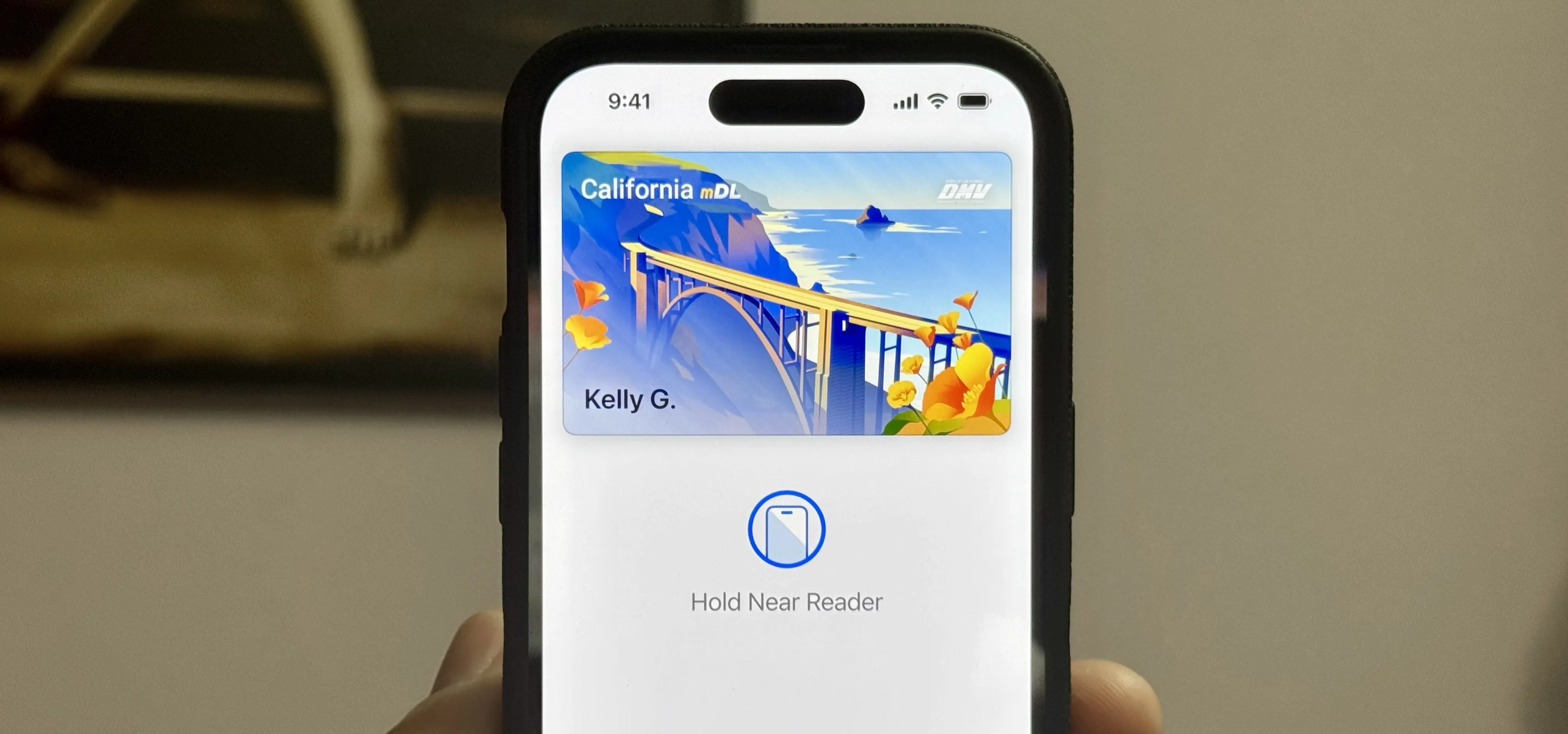
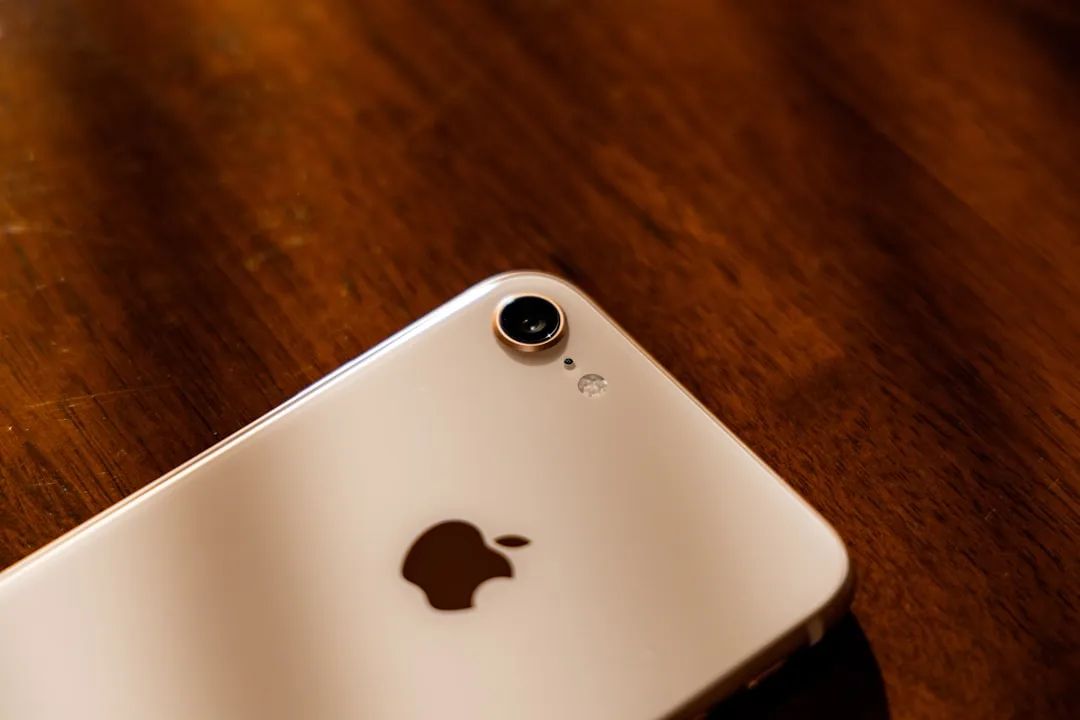
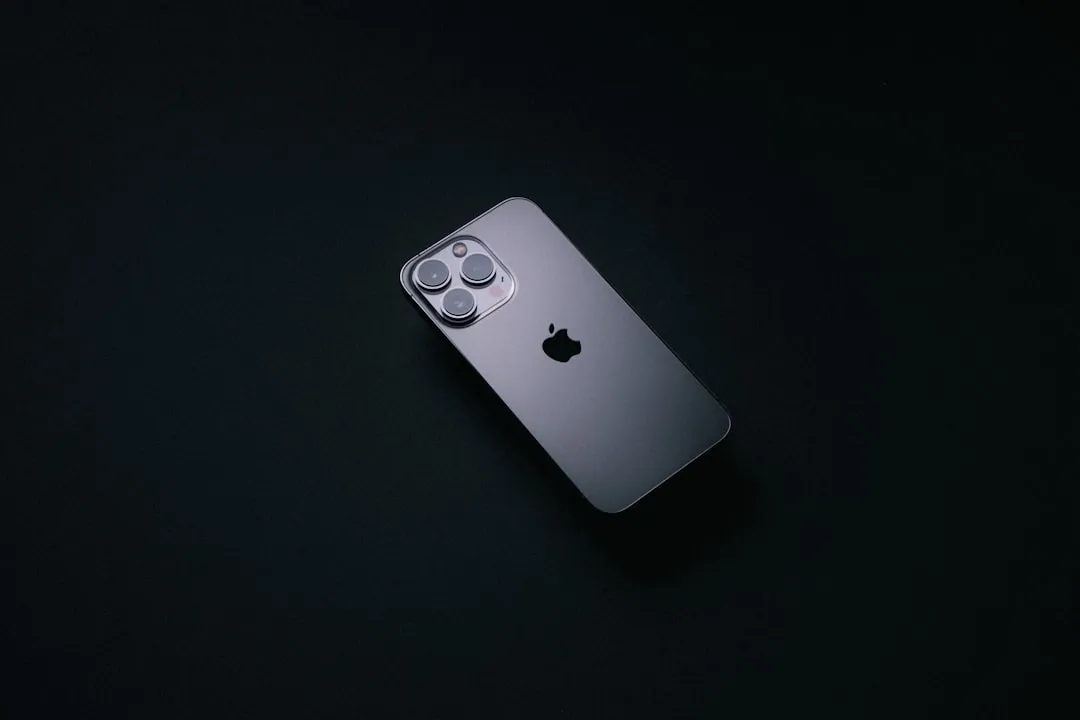
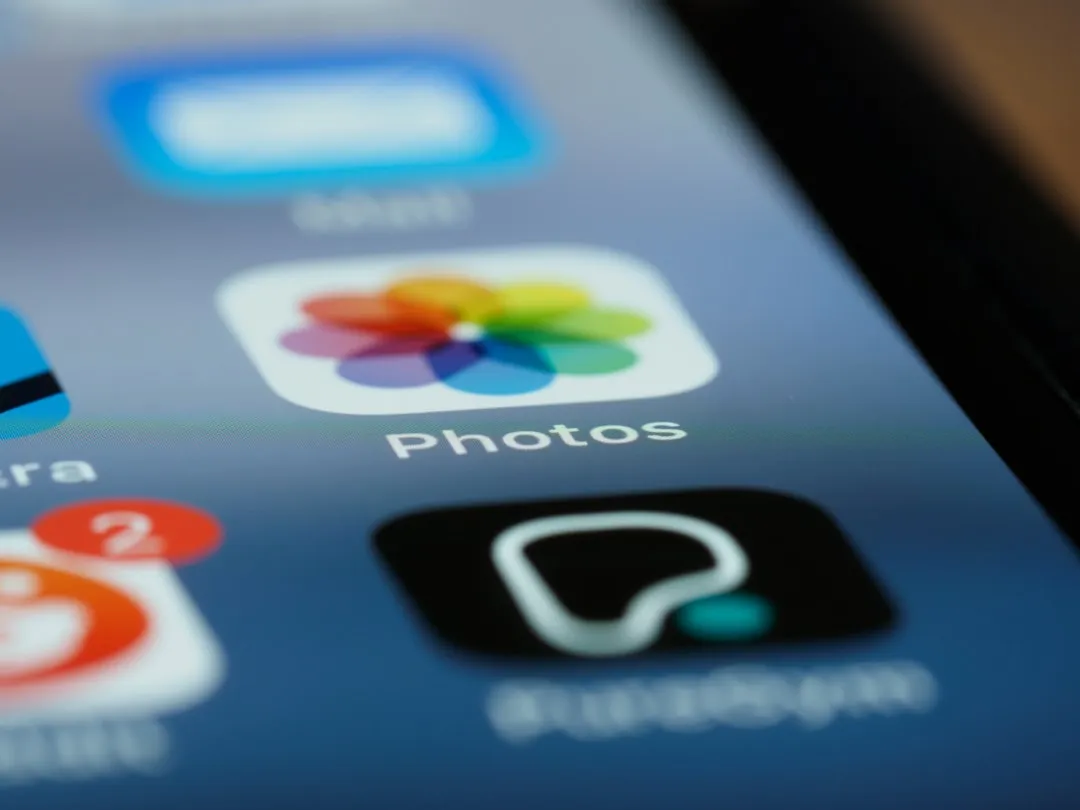
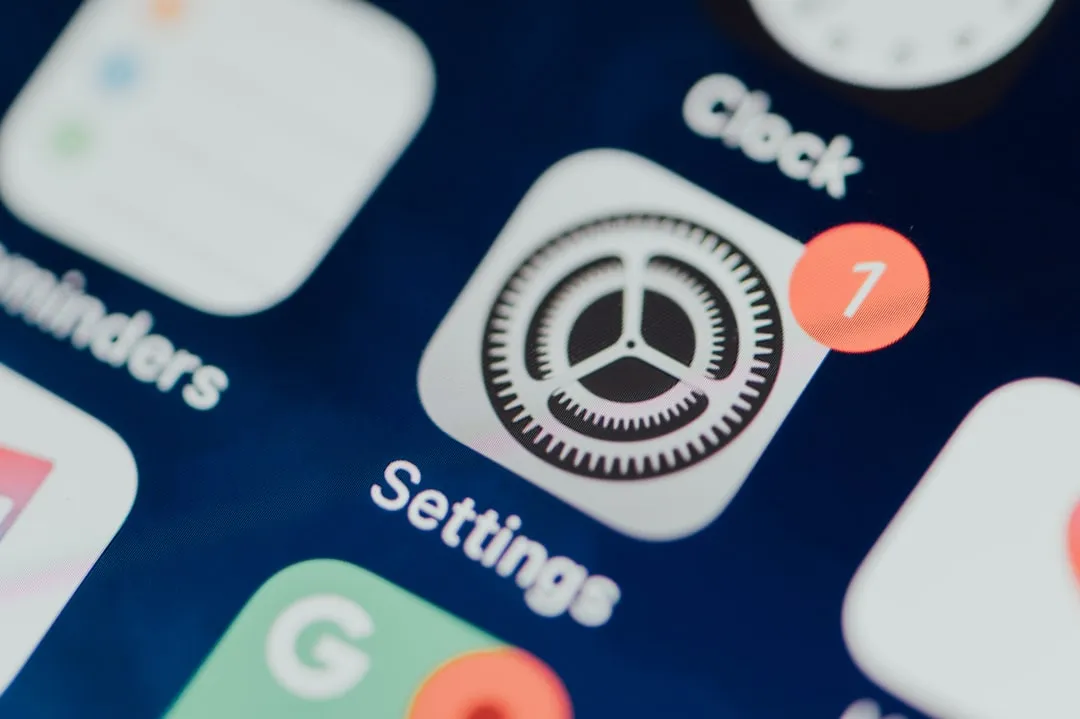
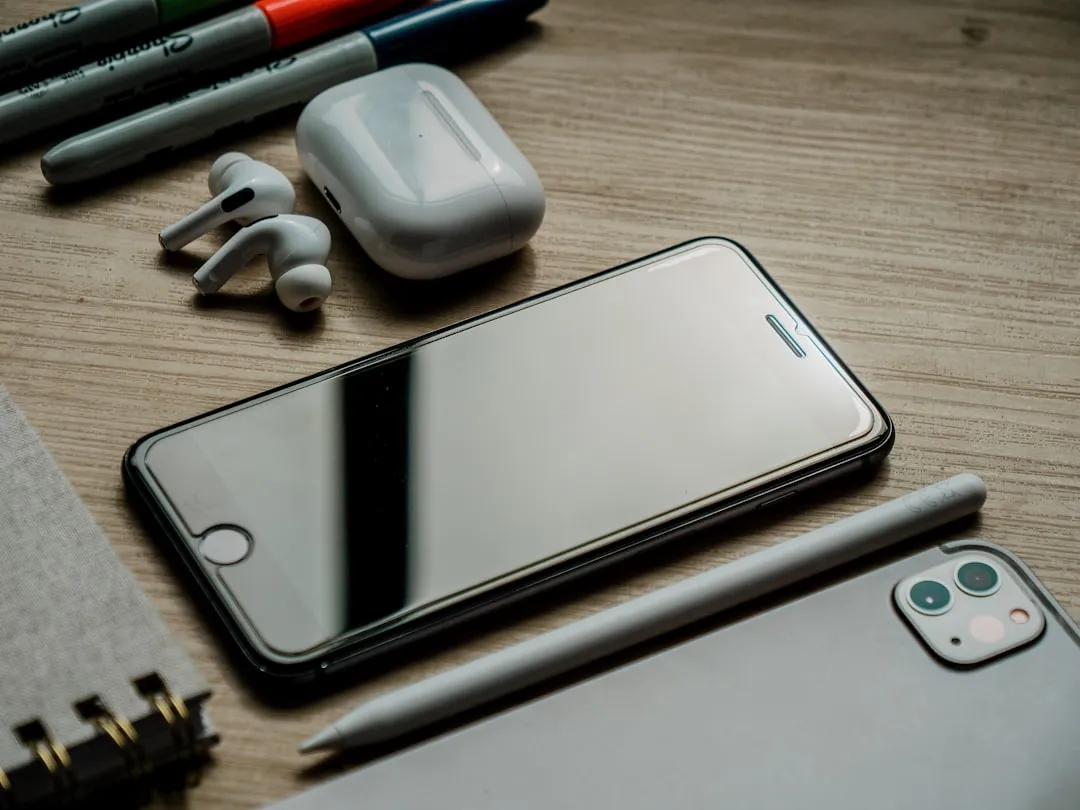

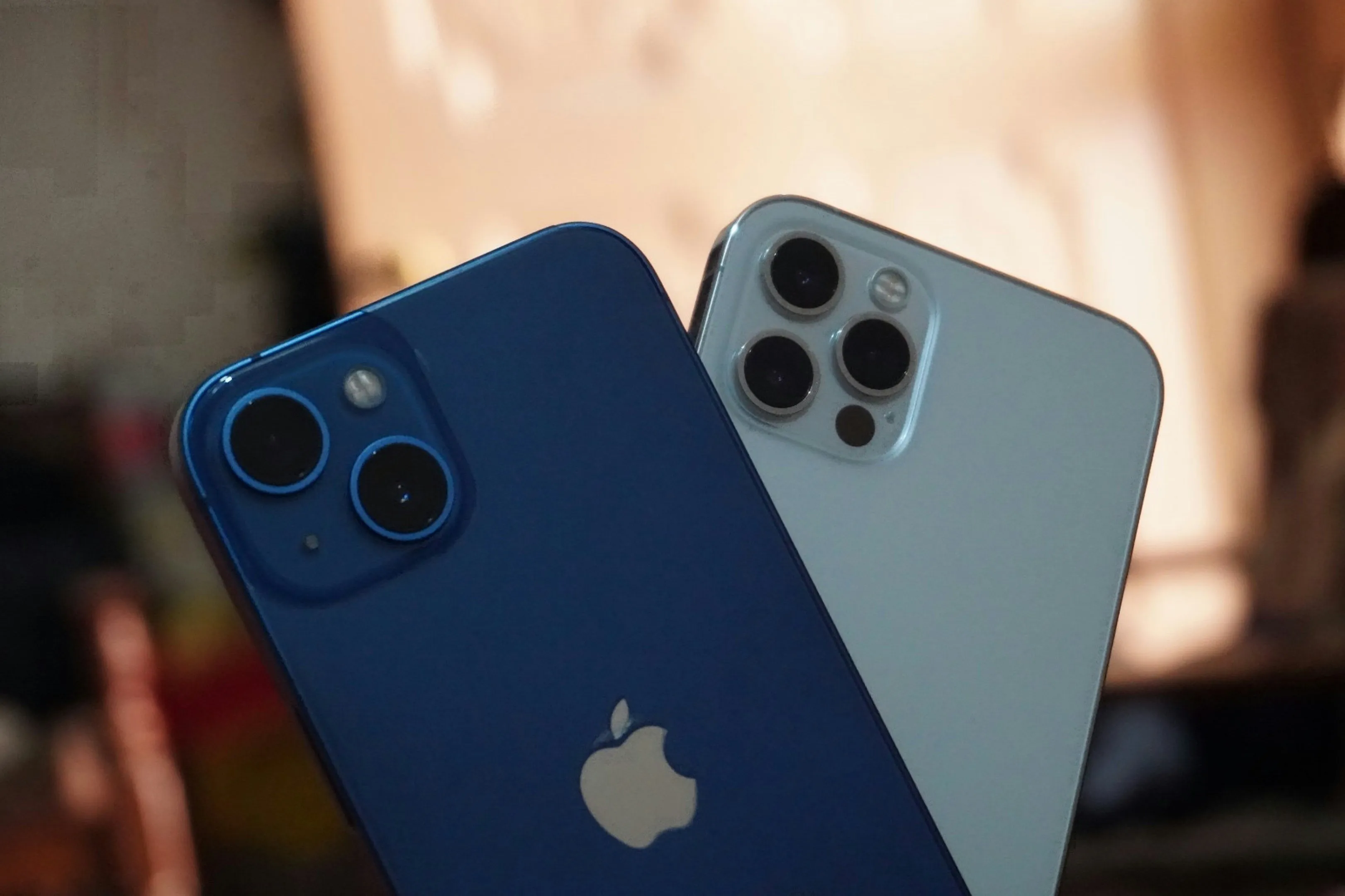

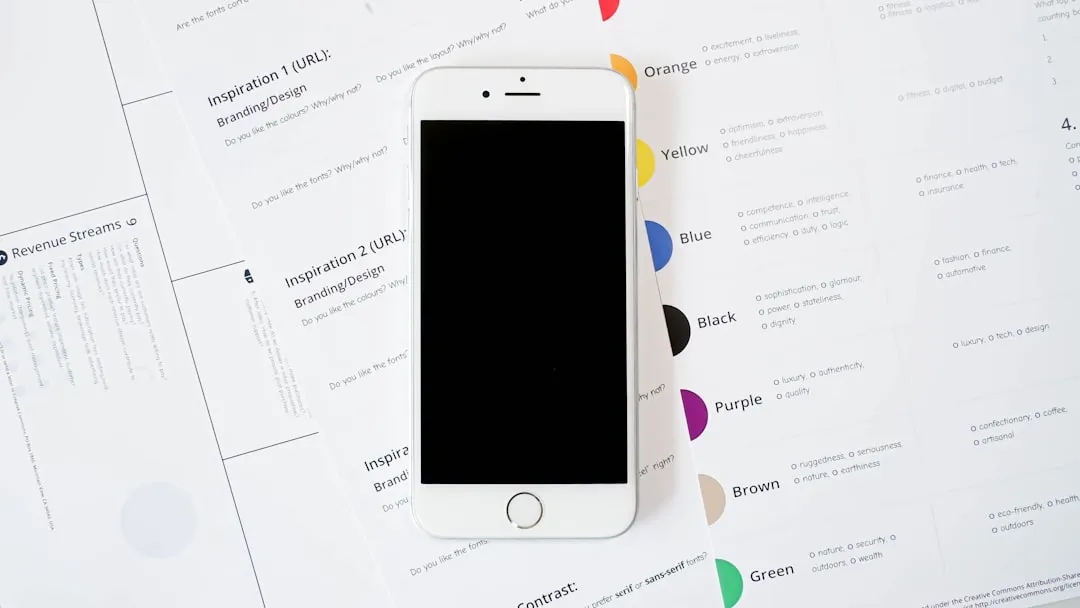
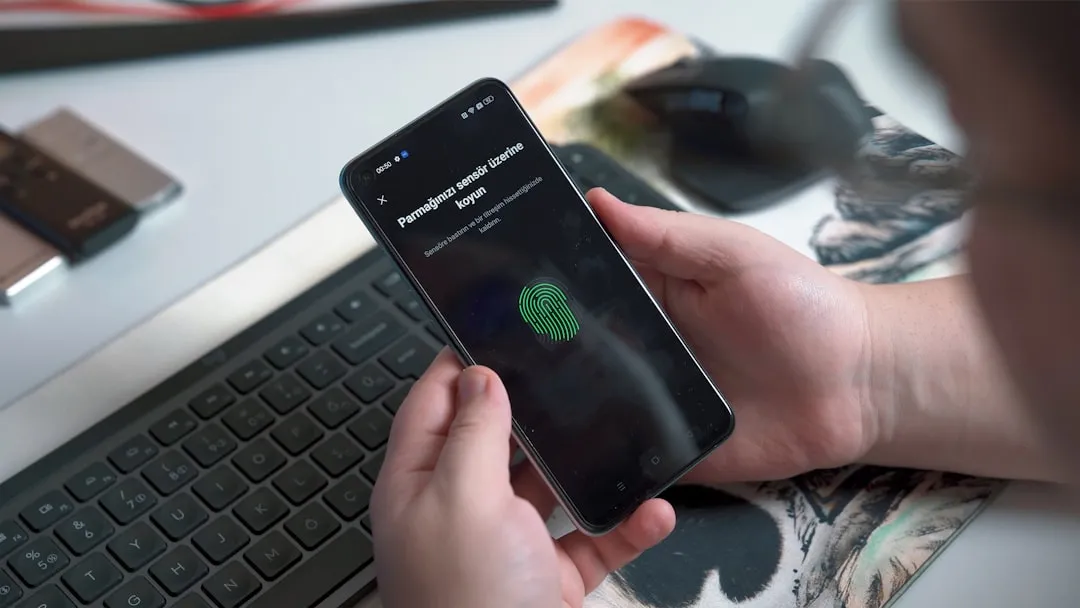
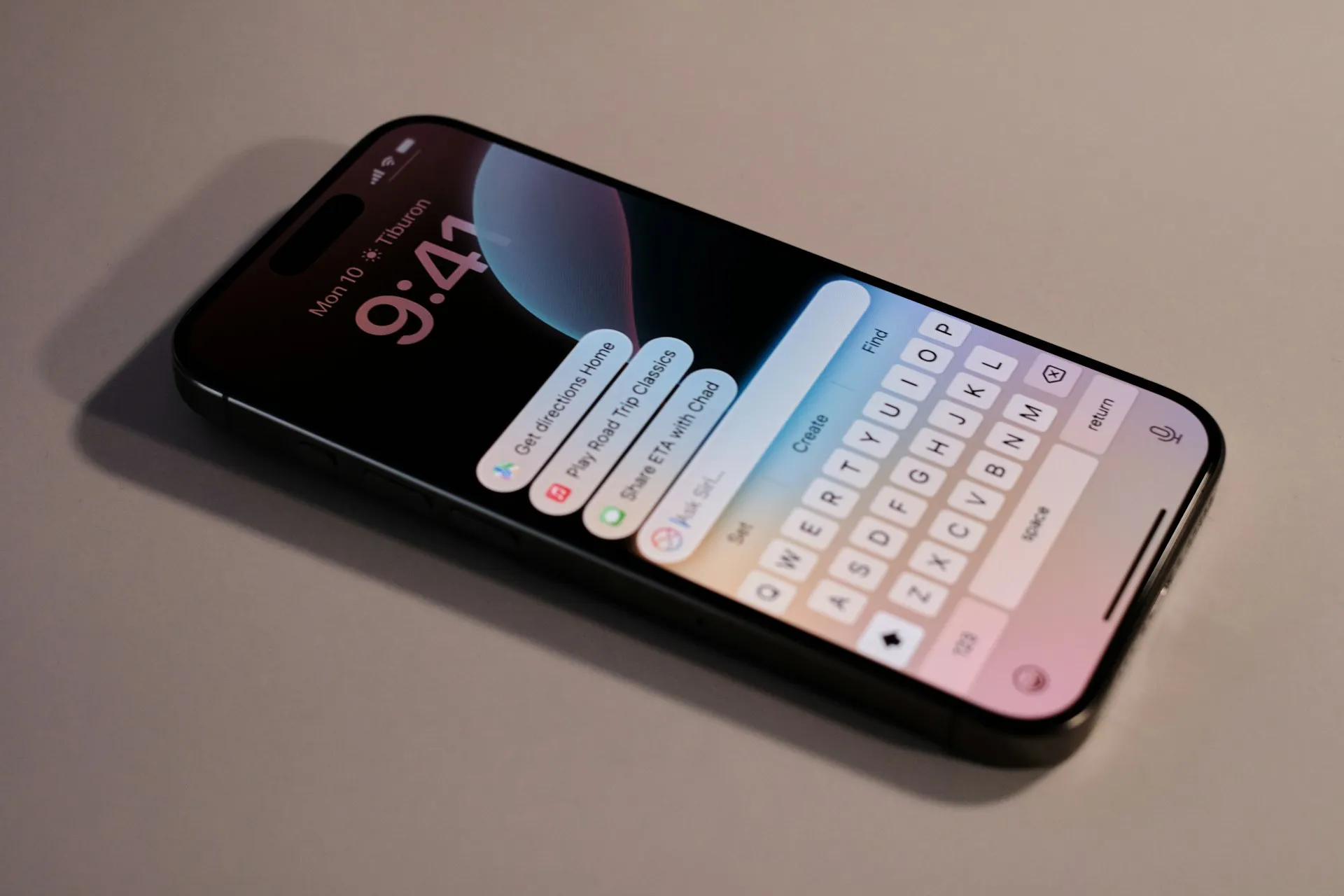
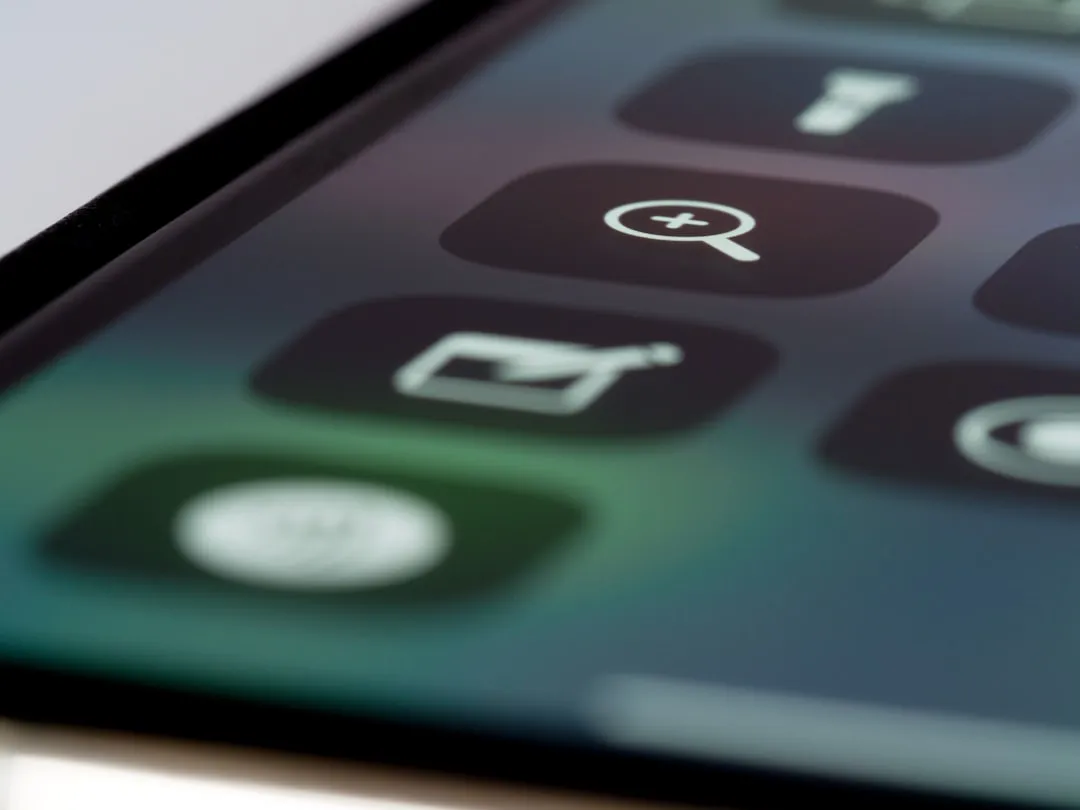
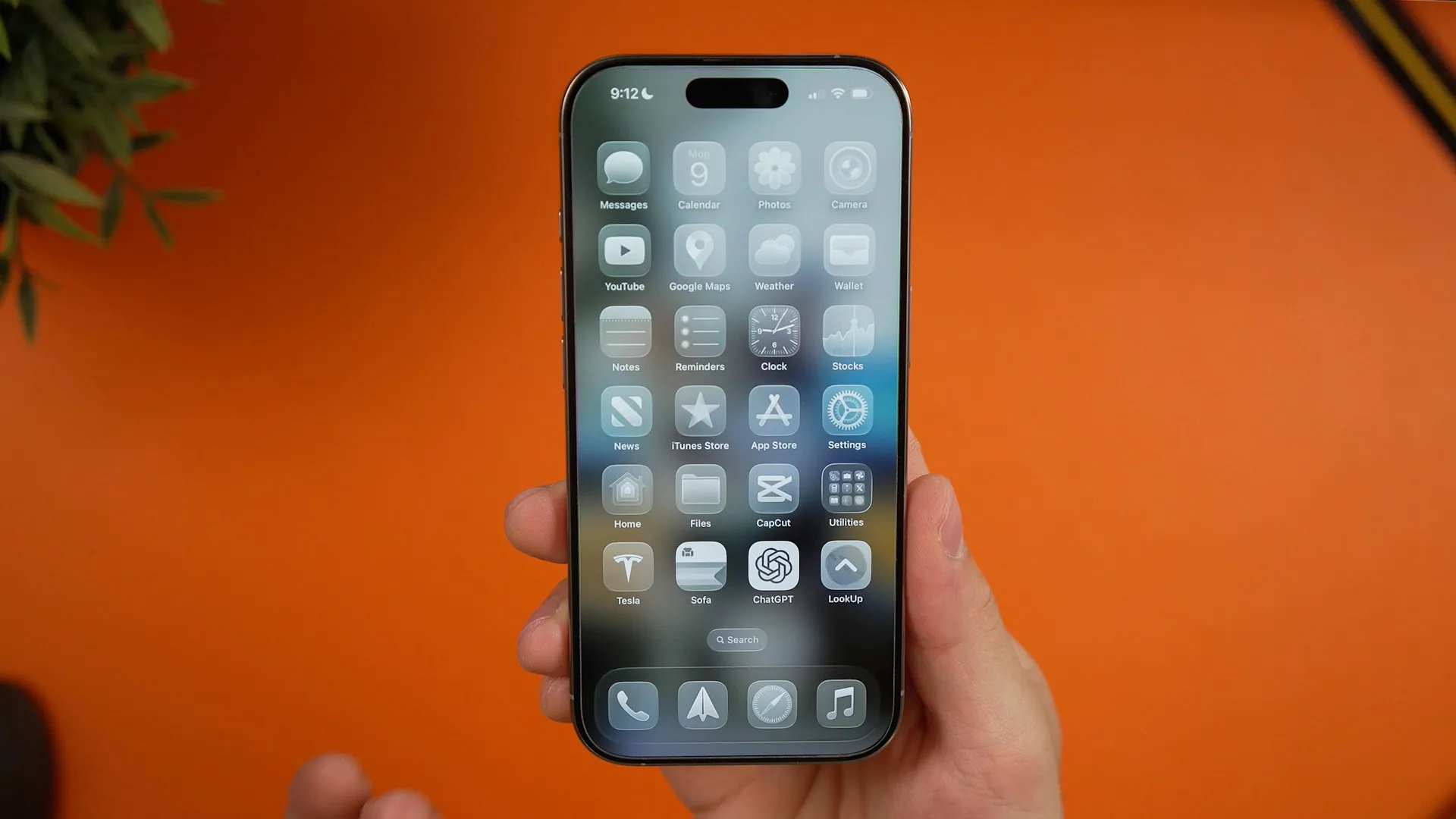
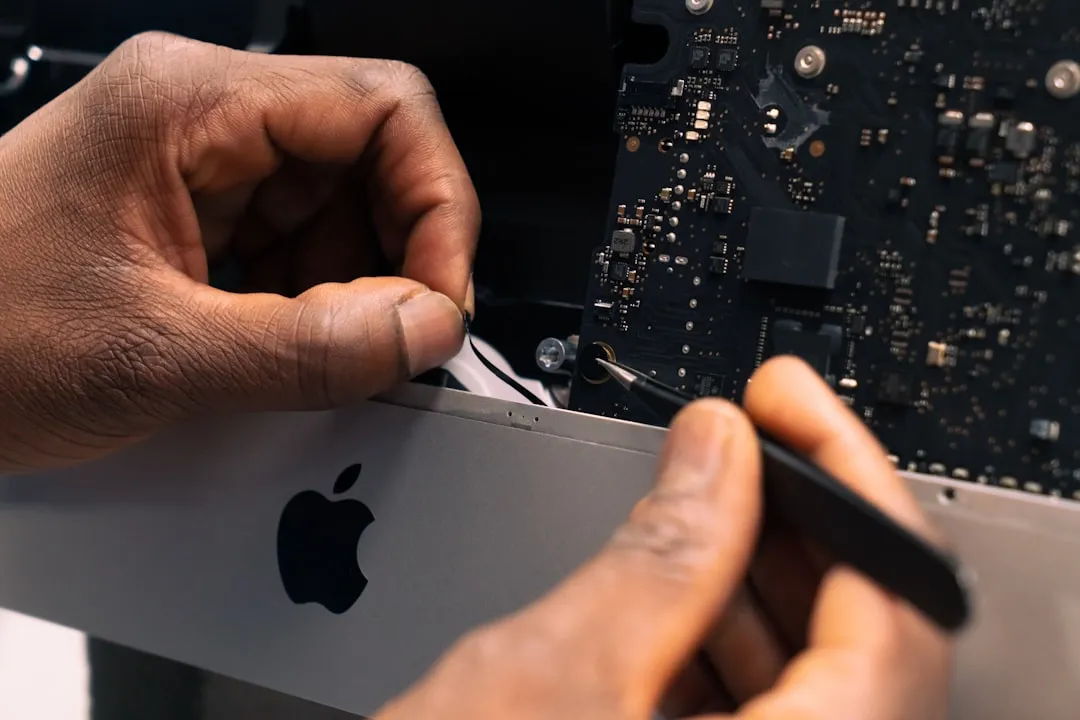
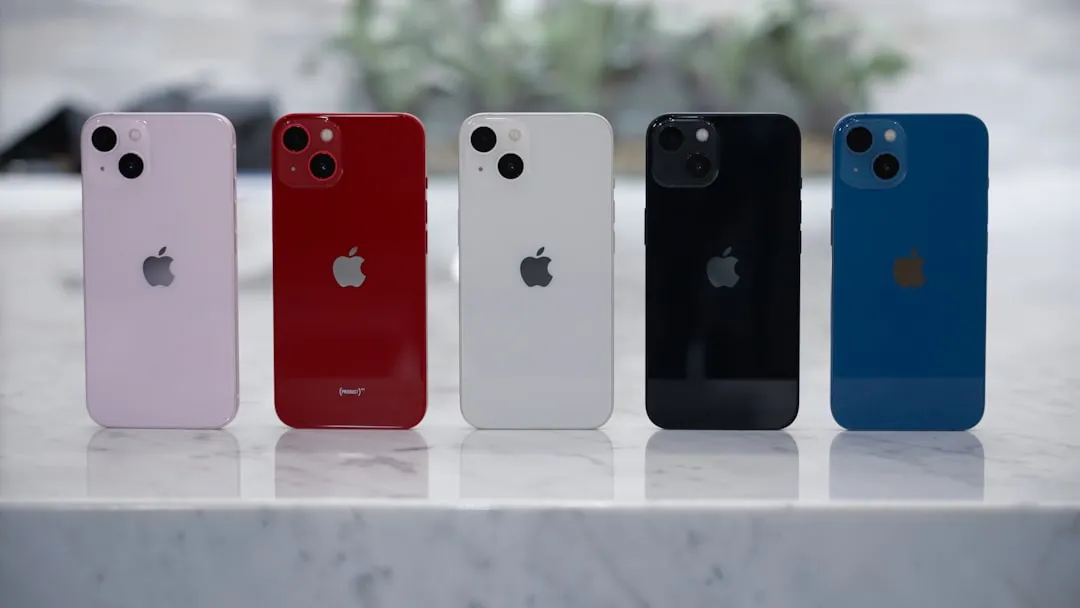
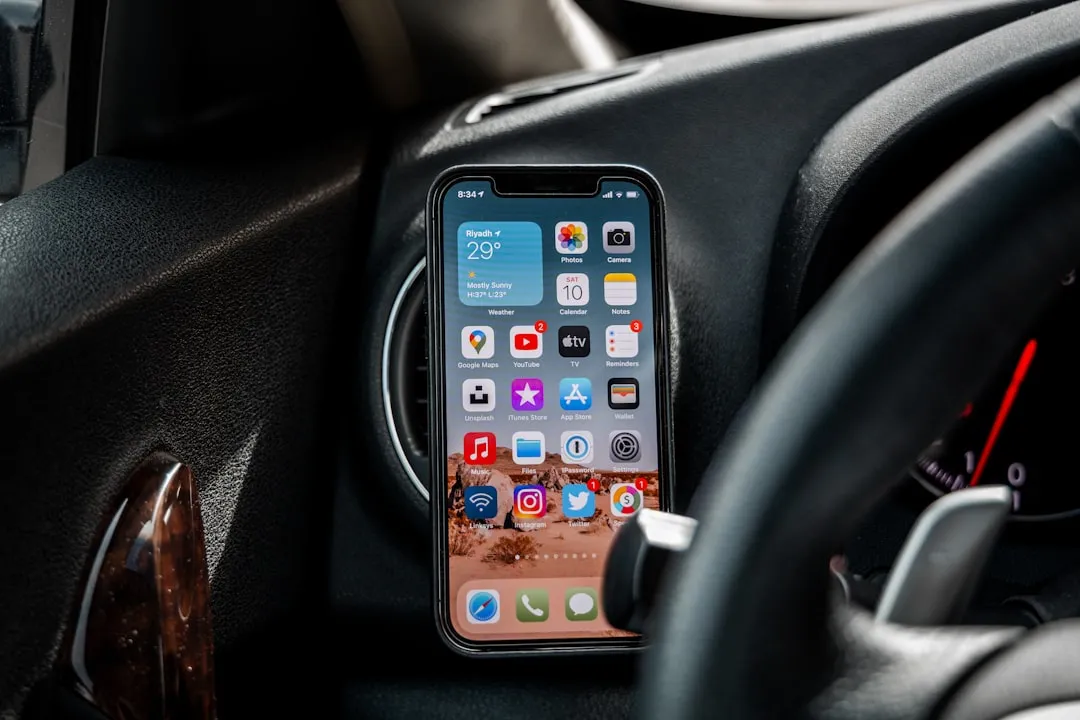


Comments
Be the first, drop a comment!